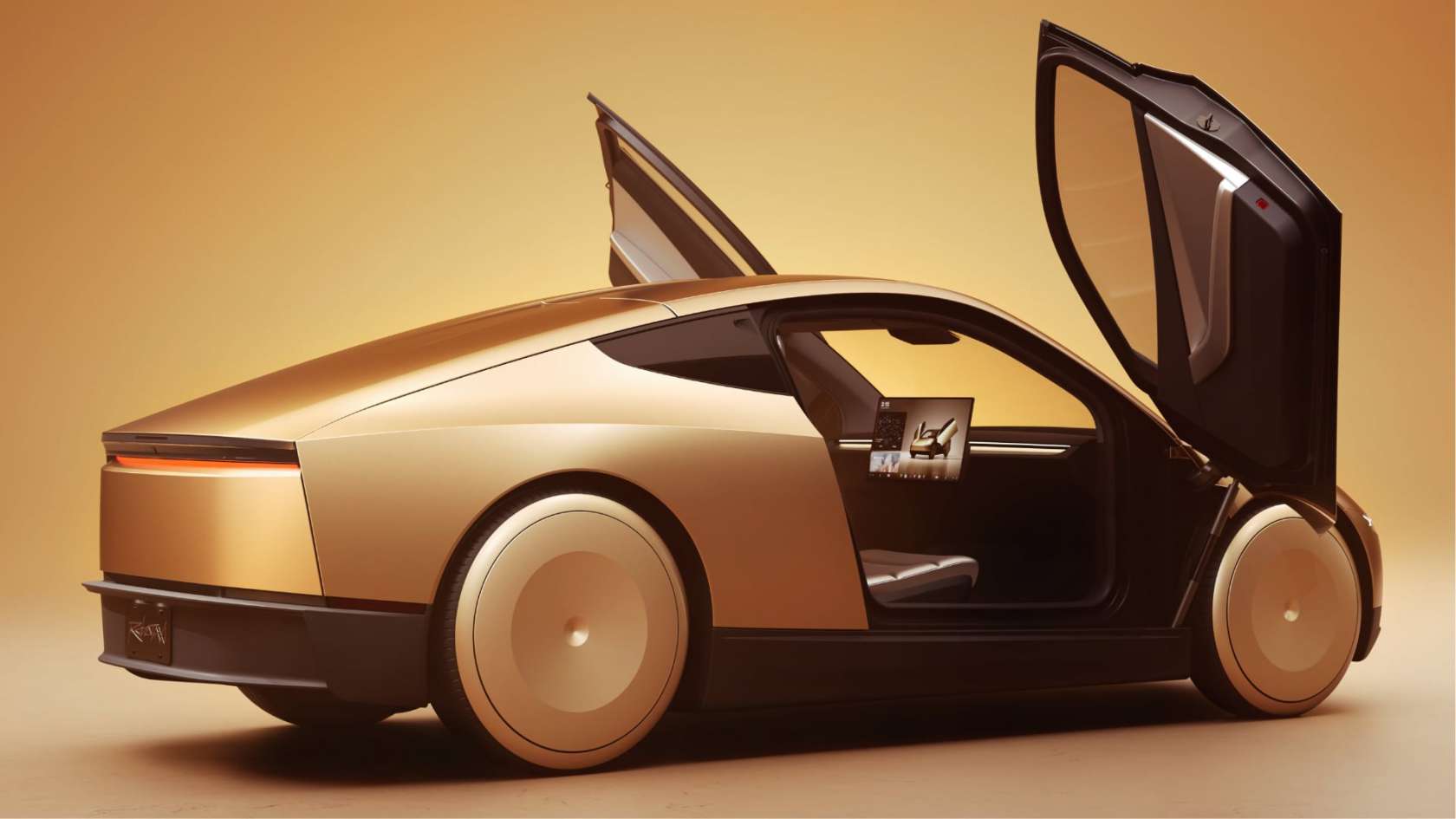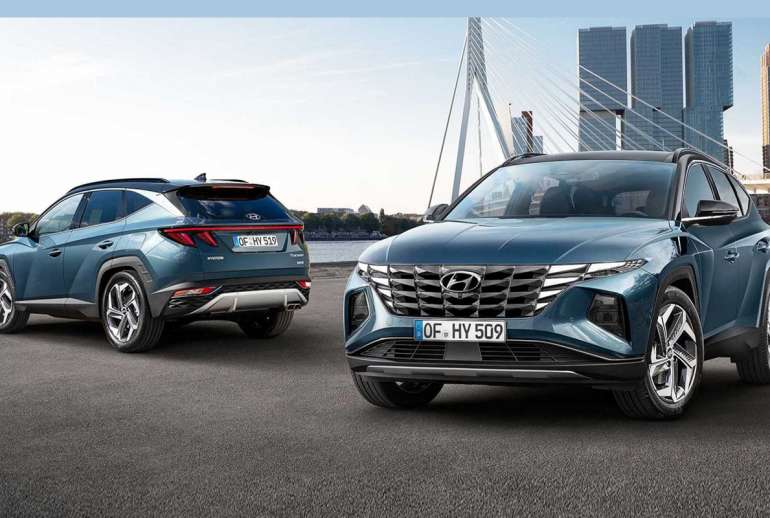Transportation is changing fast, moving from a driver-centric present to an autonomous future. For many, the luxury of driving is about the connection to the vehicle and the tactile experience of steering, accelerating, and navigating the open road. However, Tesla, with its vision of a driverless tomorrow, is painting a picture of a world where the act of driving shifts from a necessity to an option, where technology takes the wheel, and luxury is redefined by freedom and convenience.
“Driving Luxury” and “Driverless Luxury” redefine what comfort and convenience mean today, offering personalized experiences that adapt to every lifestyle. For some, it’s the sensation of pressing the accelerator in a high-performance car. For others, it’s the comfort of reclining in a backseat while an autonomous system effortlessly charts the journey. Luxury isn’t static—it’s a state of being that evolves with time, technology, and the individual. Whether it’s the thrill of driving or the calm of letting go, luxury means different things to different people, shaped by their backgrounds, needs, and aspirations.
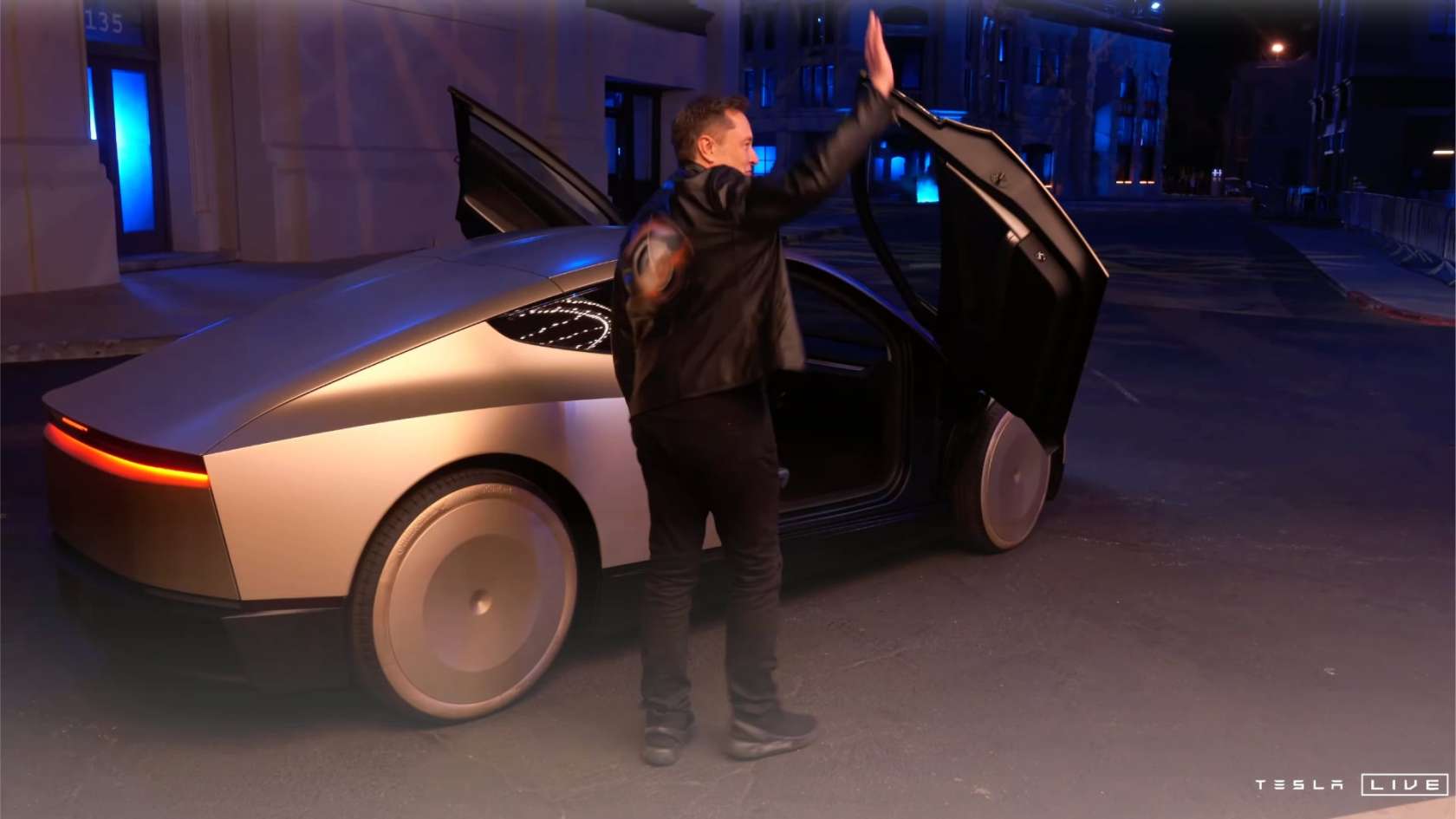
Tesla’s “We, Robot” Event: A Vision of Driverless Luxury
Tesla’s “We, Robot” event focuses on the concept of ‘Driverless Luxury.’ In this article, I’m focusing on Tesla’s vision for an autonomous future, where the experience of luxury is redefined by technology taking the wheel. One of the things Elon Musk emphasized during the event is how Tesla wants to change the look of the road: “The future should look like the future.” This statement resonates because it challenges conventional norms and pushes us to imagine a different driving landscape. The hybrid reality we are stepping into gives us a choice: to drive or to be driven. As we look forward to this future, the idea of luxury itself is poised to shift—from the thrill of controlling the wheel to the indulgence of reclaiming time. Daily Luxury, then, becomes about embracing whatever makes life smoother, more comfortable, and more remarkable, whether you’re behind the wheel or simply along for the ride.
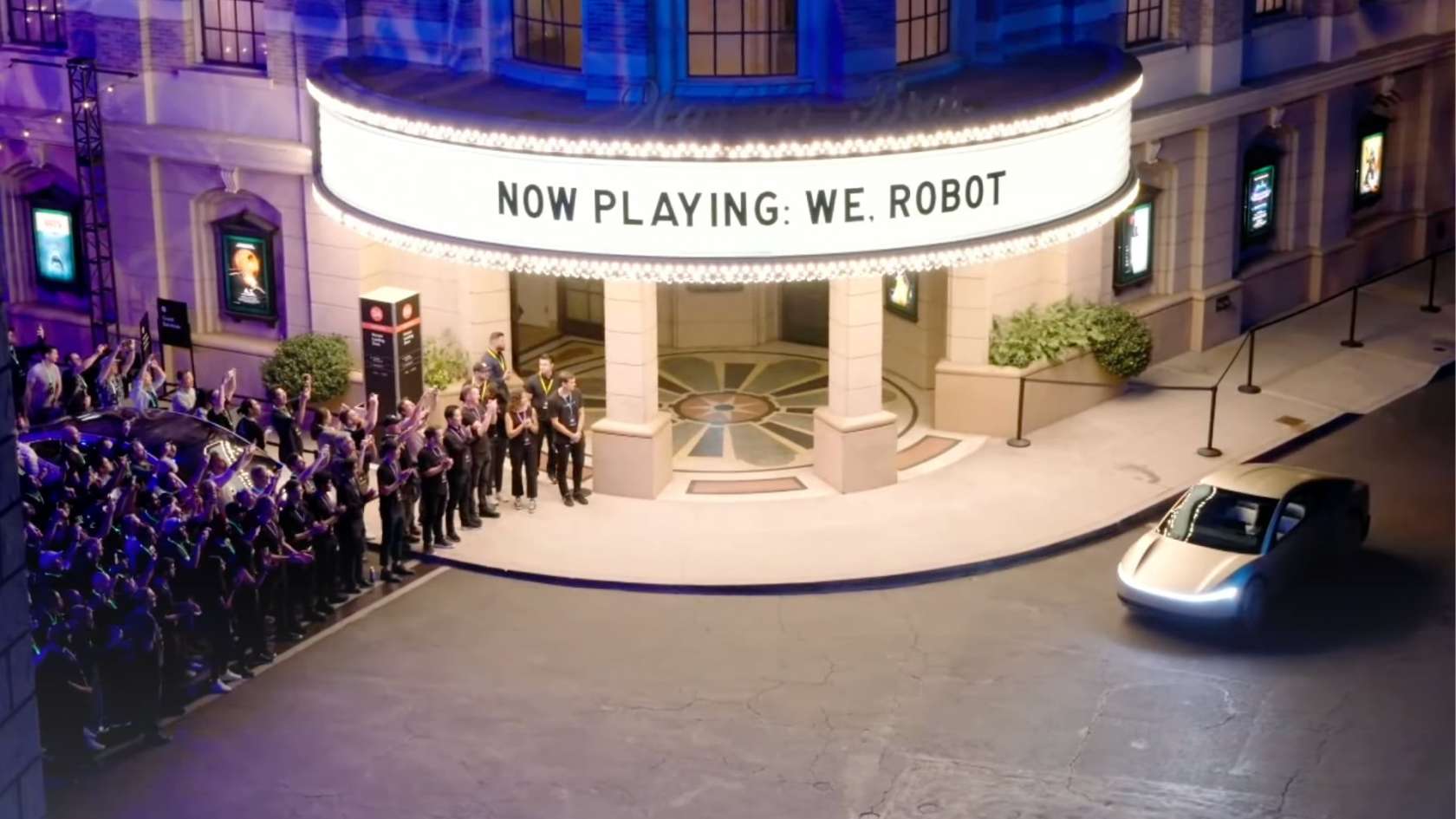
Elon Musk stated, “One of the things we want to do, and we’ve seen this with the Cybertruck, is we want to change the look of the road. The future should look like the future.” This statement resonated with me deeply. Even if it doesn’t happen in the next 2, 5, or even ten years, Musk is pushing boundaries and painting a vision for a future where the way we travel is fundamentally transformed. So, let’s dig in and explore his vision for the Cybercab and Robovan.
Musk introduced the Cybercab as part of Tesla’s broader push for fully autonomous, futuristic transportation. The Cybercab, with its sleek design and advanced capabilities, aims to redefine public transport. Imagine stepping into a vehicle without a driver, steering wheel, or pedals—just a comfortable, tech-enhanced lounge that takes you where you need to go. This vision challenges the status quo, offering a glimpse into a future where commuting is no longer a chore but an experience.
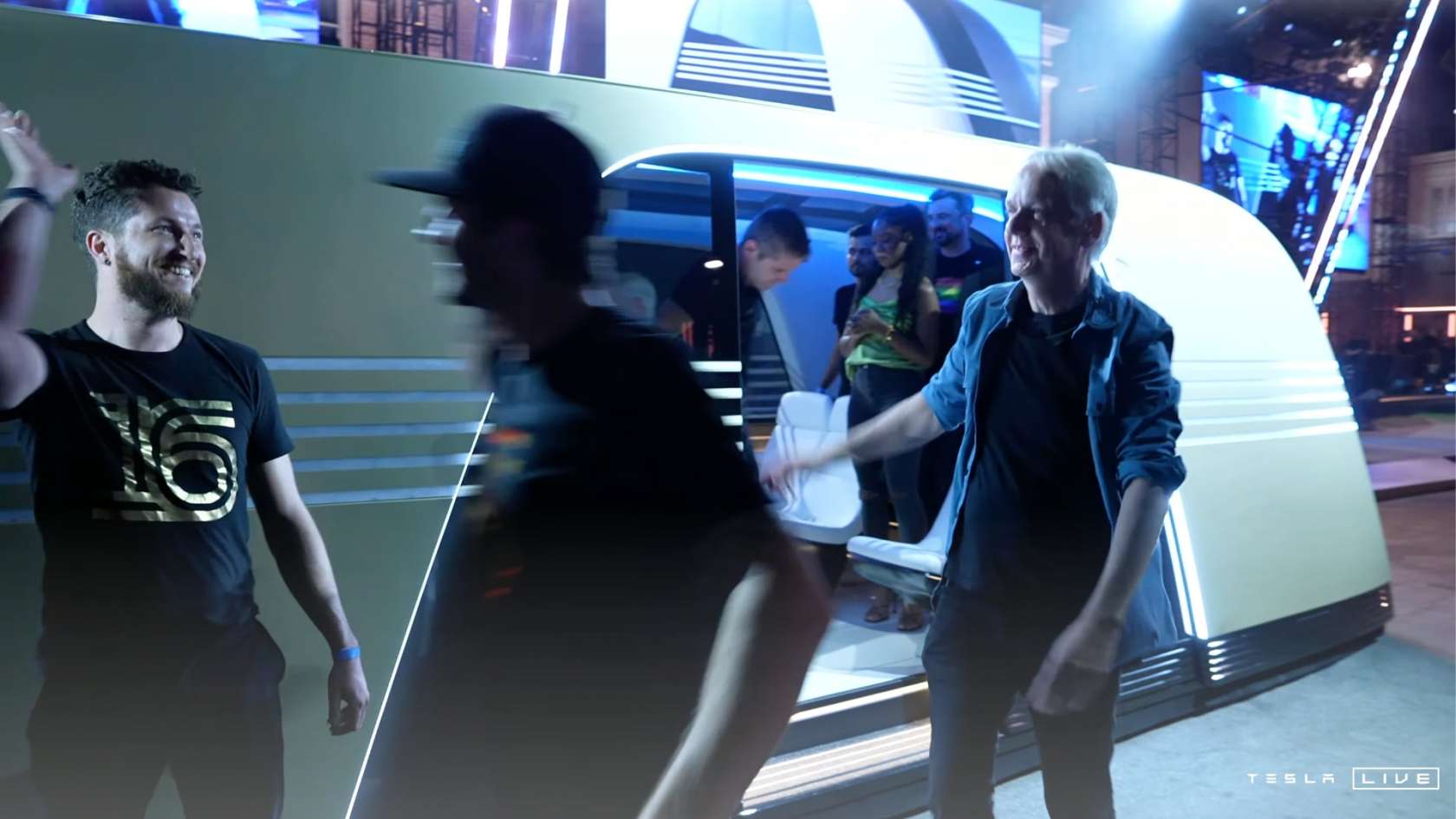
Similarly, the Robovan is designed to address high-density transport needs. Musk described it as a solution for moving goods or groups of people, envisioning it as a versatile, futuristic vehicle that changes how we think about mass transit. The Robovan goes beyond efficiency; it aims to transform how we use public space, reducing the need for parking lots and turning cities into more livable environments. The idea is to take the mundane aspects of travel and make them extraordinary—whether it’s transporting a sports team or delivering goods across town, the Robovan embodies Tesla’s vision of a cleaner, smarter, and more connected future.
Currently, Tesla has announced that it plans to begin deploying the Cybercab, Robovan, and autonomous versions of the Model 3 and Model Y starting in 2026, with initial launches focused in Texas and California, where regulatory support is more favorable for autonomous vehicle testing. Musk highlighted that Model 3 and Model Y will be among the first vehicles to achieve full unsupervised autonomous capability, which will be available once regulatory approval is secured. These states are among the first to allow unsupervised autonomous driving, paving the way for Tesla’s ambitious rollout plans. Texas and California regulators have shown support for innovation in autonomous technology, which is why these states are the focus for the initial deployment phase.
The Cybercab, designed for fully autonomous urban travel, is expected to be available for limited public use by late 2026. Tesla forecasts that, by 2027, the Cybercab will be operational in multiple major cities within these states, with gradual expansion to other regions as regulations evolve. Elon Musk also mentioned that the Cybercab’s price would likely be below $30,000, making it an accessible option for many. Additionally, Musk painted a vision for owner-operated fleets of Cybercabs, allowing individuals to own and manage a group of vehicles for profit, similar to a ride-hailing business.
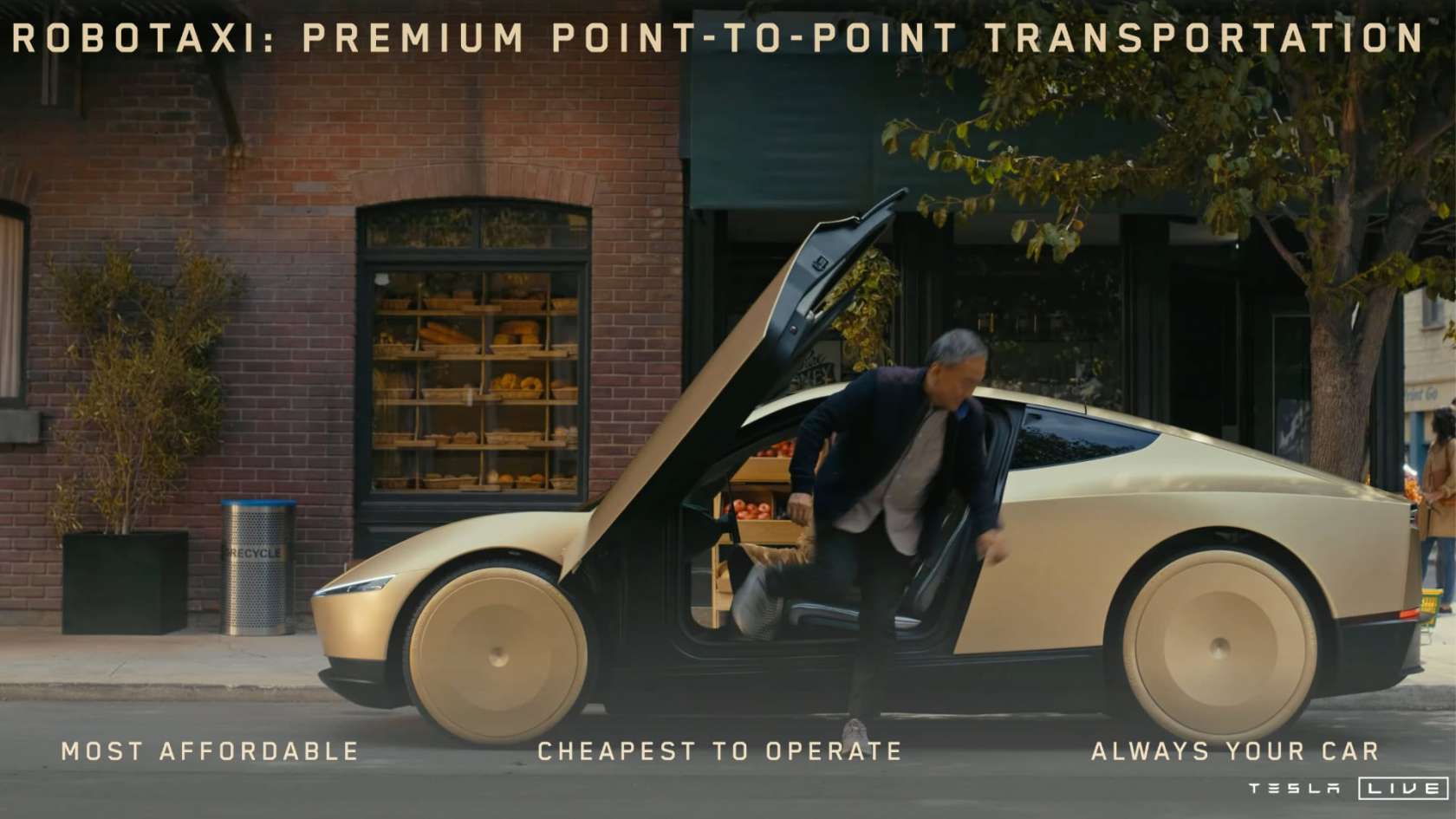
The Robovan, on the other hand, is scheduled to be in production by 2027, focusing on providing a versatile transport solution for passengers and goods. Elon Musk described the Robovan, showing a visual and stating, ‘it will look like this,’ giving a glimpse of its futuristic design. Tesla envisions the Robovan becoming a staple in urban centers, helping alleviate congestion and transforming the functionality of city spaces.
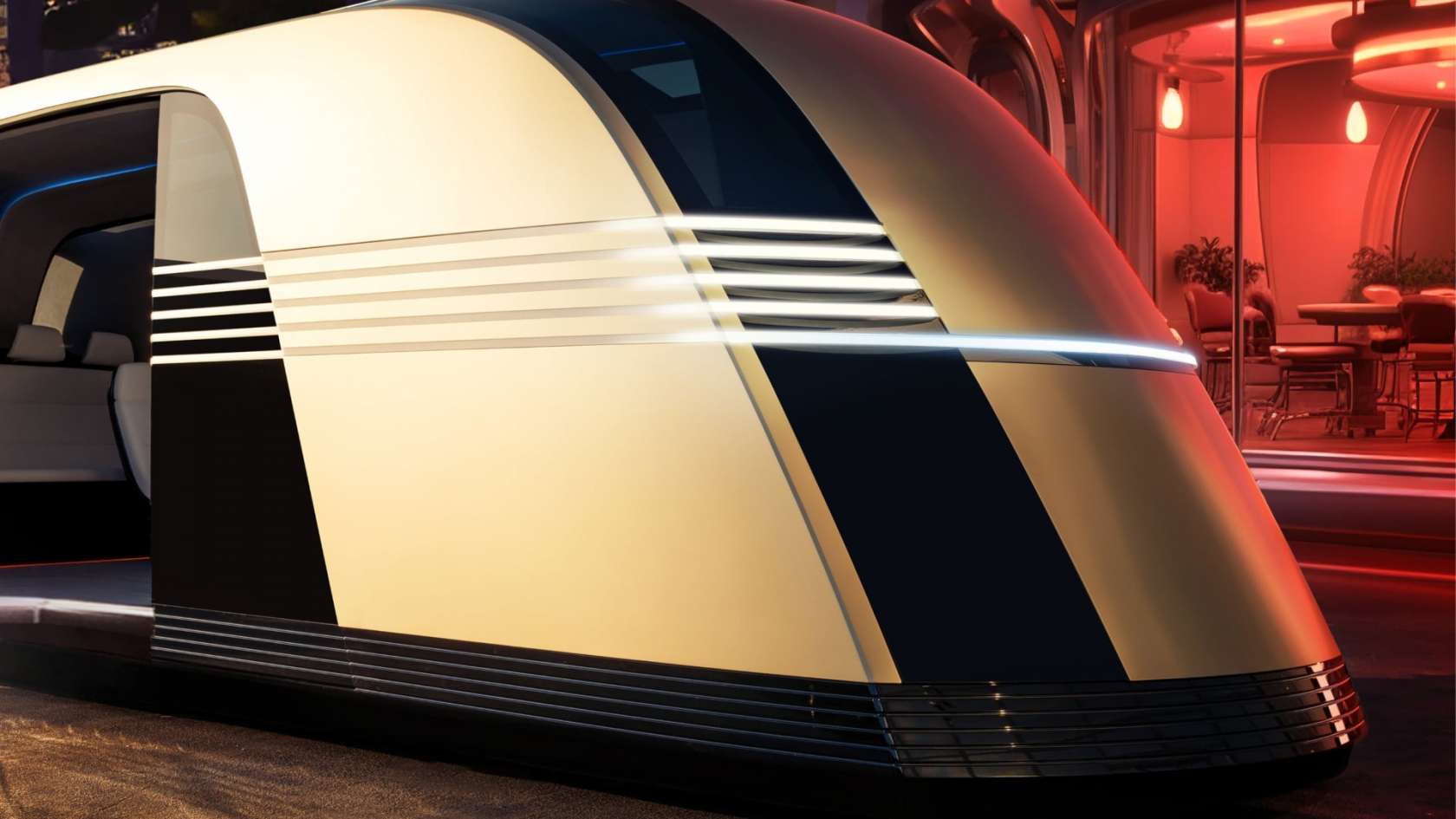
With both the Cybercab and the Robovan, Tesla is introducing new vehicles while challenging us to rethink our relationship with transportation. Musk also introduced the concept of inductive charging, where the RoboTaxi requires no plug and charges wirelessly through an inductive pad. However, it’s important to acknowledge the reality that the infrastructure necessary to support this vision is far from ready. The scale of changes needed in urban planning, charging networks, and regulatory alignment is immense. These innovations highlight a shift from individual car ownership to shared, autonomous solutions that maximize efficiency and redefine luxury. This future envisions roads that are part of the experience—futuristic, efficient, and designed to improve the quality of life for everyone.
Tesla’s vision surpasses technology; it fundamentally reimagines the relationship between transportation, cities, and the people living there. By reducing congestion, transforming urban spaces, and offering seamless travel, Tesla is charting a course where luxury is more than vehicles; it’s about the quality of time and experience. In this vision, roads become spaces of possibility, and the vehicles on them are tools to make life more meaningful.
Tesla’s approach to the Cybercab redefines the concept of futuristic transportation, pushing boundaries in design and engineering. Here are the key elements that distinguish it from conventional urban vehicles.
Cybercab’s Design and Functionality
The Cybercab’s design emphasizes a minimalistic approach with clean, uninterrupted lines seamlessly flowing across the car’s body. The golden finish gives it an almost concept-car look, projecting a luxurious feel that suggests exclusivity. This polished look, devoid of unnecessary details, aims to communicate efficiency and forward-thinking design—making the Cybercab more of a statement on how future urban transport should be: sleek, unobtrusive, and elevated in its form.
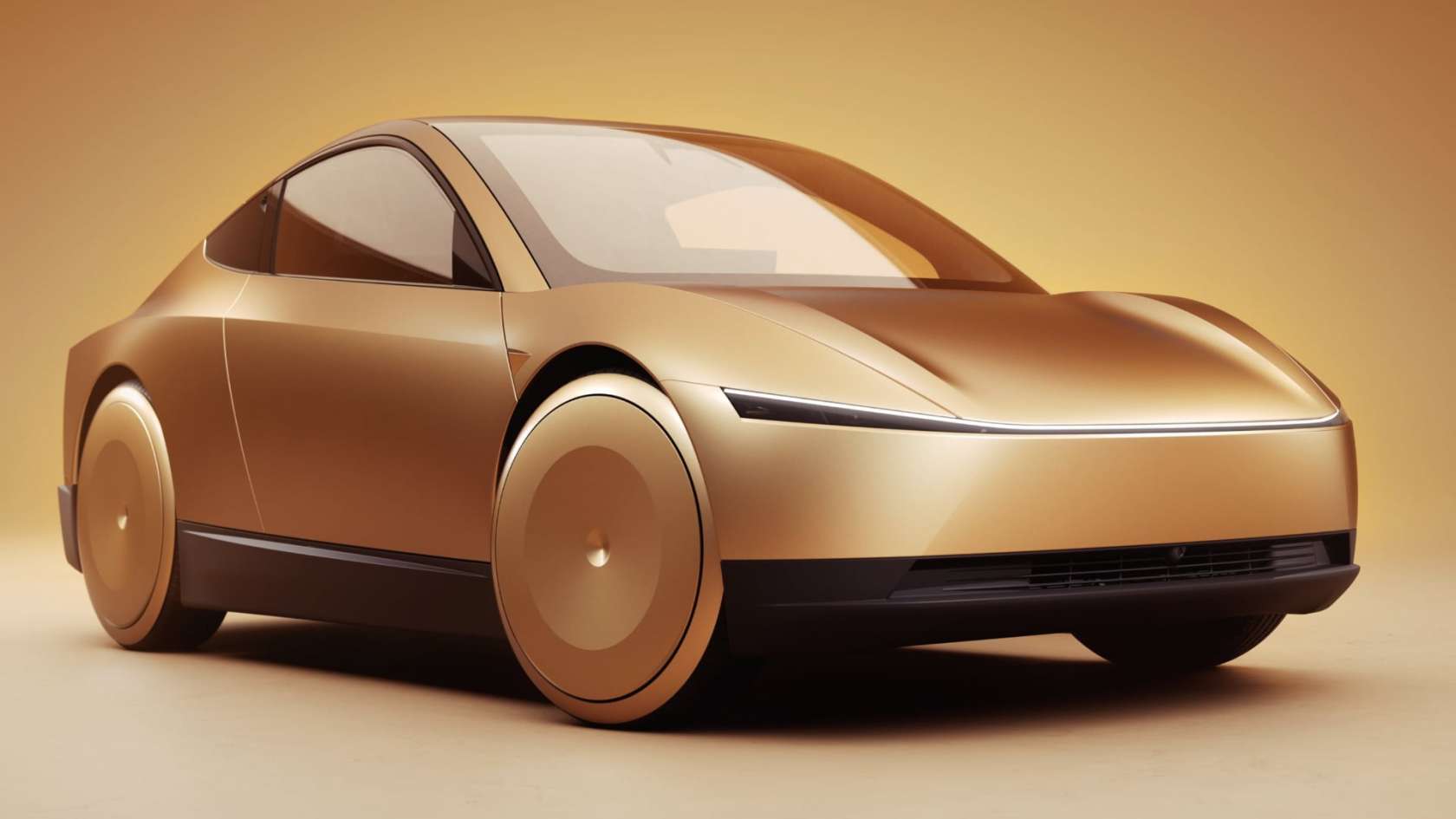
The wheels of the Cybercab are encased in covers that create a smooth and aerodynamic profile. This design gives the vehicle a futuristic appearance while serving a functional purpose: minimizing drag enhances aerodynamics and efficiency. The wheel covers are almost flush with the body, reinforcing the vehicle’s streamlined silhouette.
The Cybercab features dramatic gullwing doors, a design choice reminiscent of the Tesla Roadster and other sports cars. This type of door adds an element of theatricality, signaling that getting in and out of the Cybercab is an experience rather than a mundane task. The gullwing doors also provide easier access in tight urban environments, where conventional doors could be cumbersome.
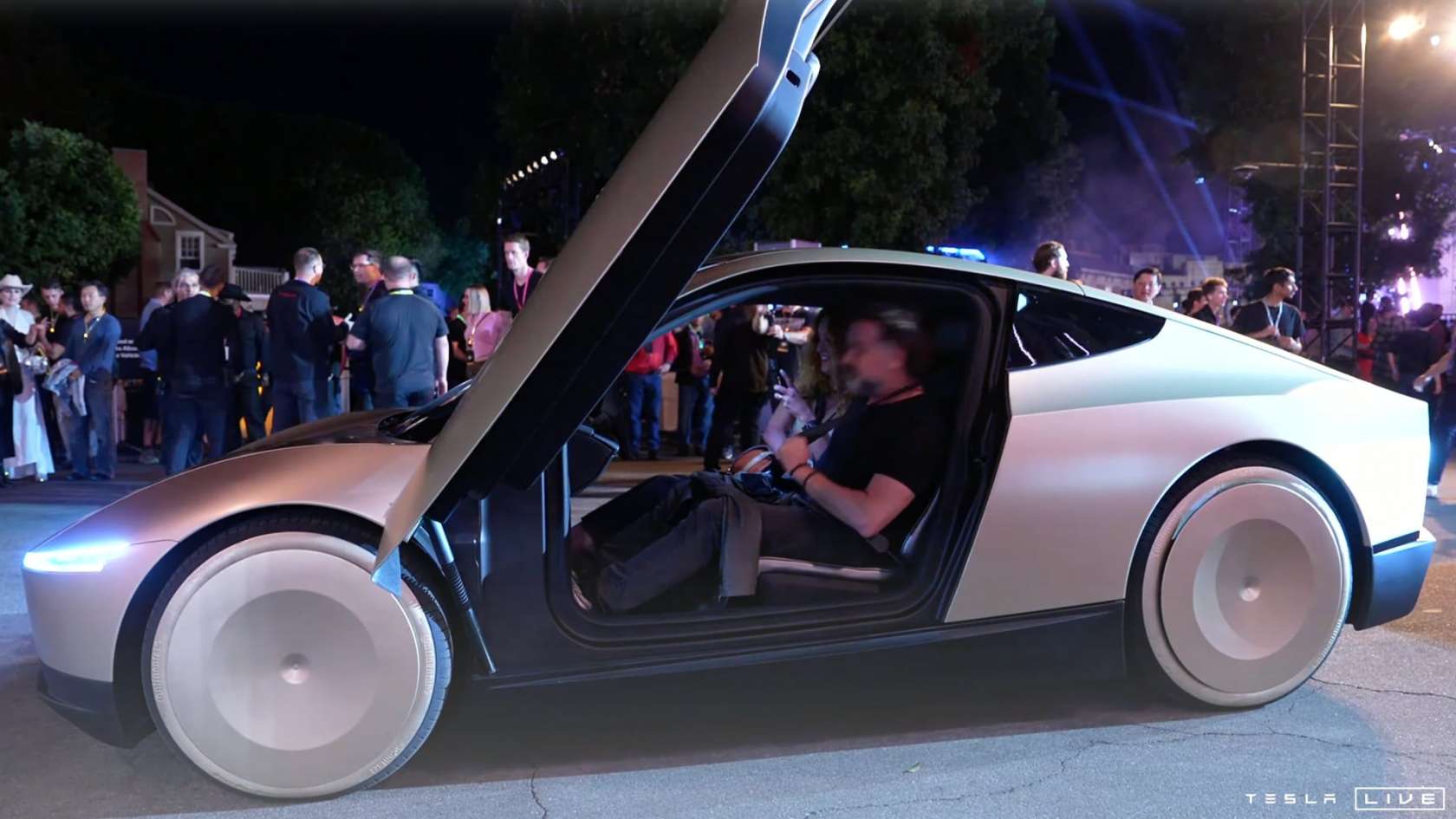
Peering into the interior, it’s apparent that the design ethos also extends inside. The doors appear to have a display embedded, suggesting that occupants will be connected throughout their journey. The cabin design offers a practical and comfortable experience, likely mirroring the cabin found in the Model Y or Model 3, but with some modern updates.
The vehicle’s golden tone suggests that Tesla is leaning into the idea of luxury redefined—not flashy but sophisticated and future-forward. This finish makes the Cybercab stand out from the typical silver, white, or black cars today, symbolizing a leap into something aspirational beyond the ordinary.
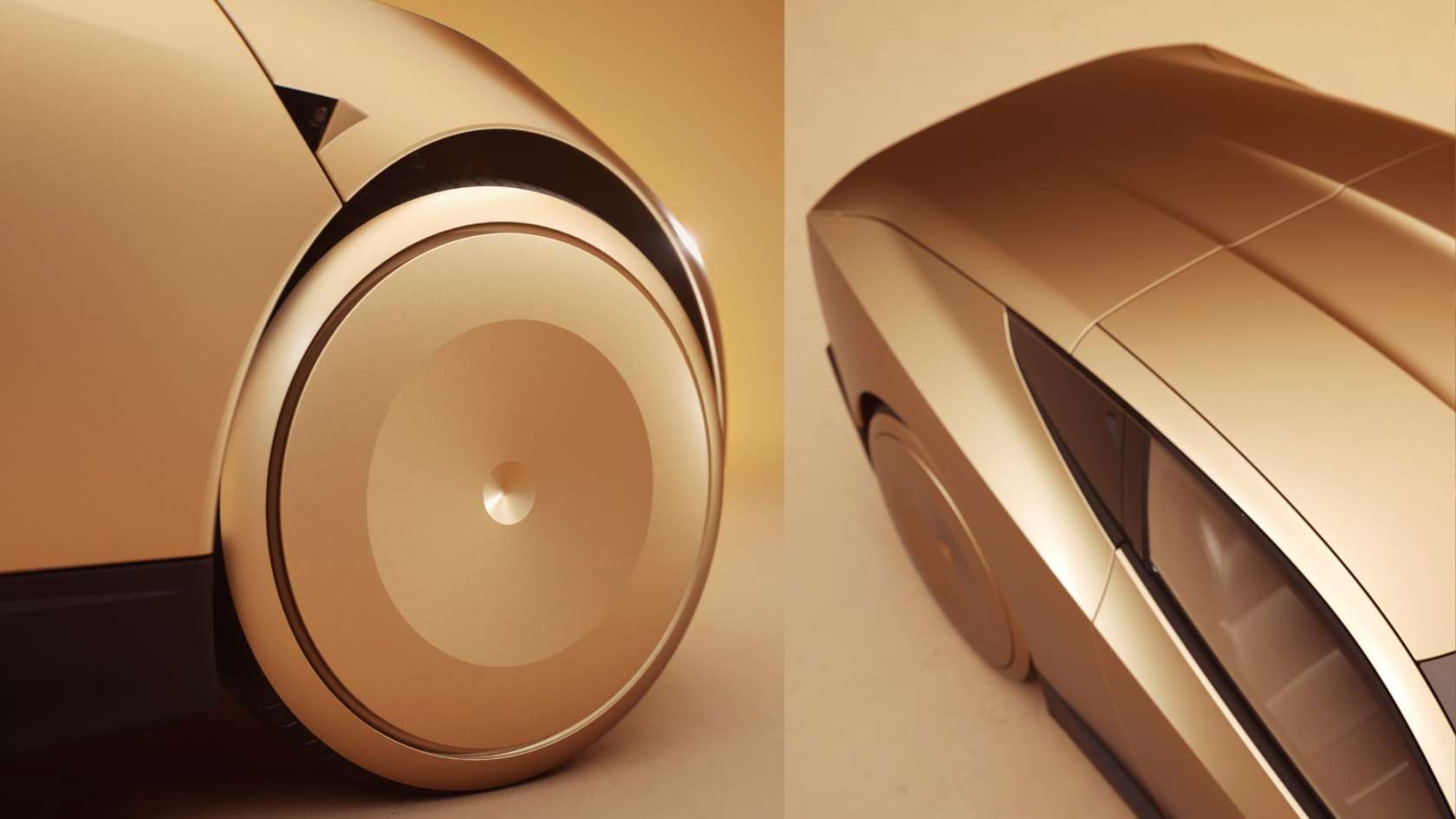
The front and rear designs of the Cybercab emphasize minimal resistance. With no visible grill or aggressive lines, the front appears sculpted to cut through the air smoothly. The rear taillight almost mimics the design of the Cybertruck, featuring a single sleek light bar that spans across the entire back, reinforcing simplicity and a futuristic outlook.
Expanding on the Robovan
Elon Musk presented the Robovan as a critical component for high-density urban transportation. During the “We, Robot” event, Musk outlined the Robovan’s purpose as a versatile solution capable of serving both passenger and cargo transport needs. He stated, “The Robovan will carry up to 20 passengers, or alternatively transport goods, making it a perfect vehicle for high-density cities.” This flexibility ensures that it is not only a transportation option for people but also adaptable for business logistics in urban settings.
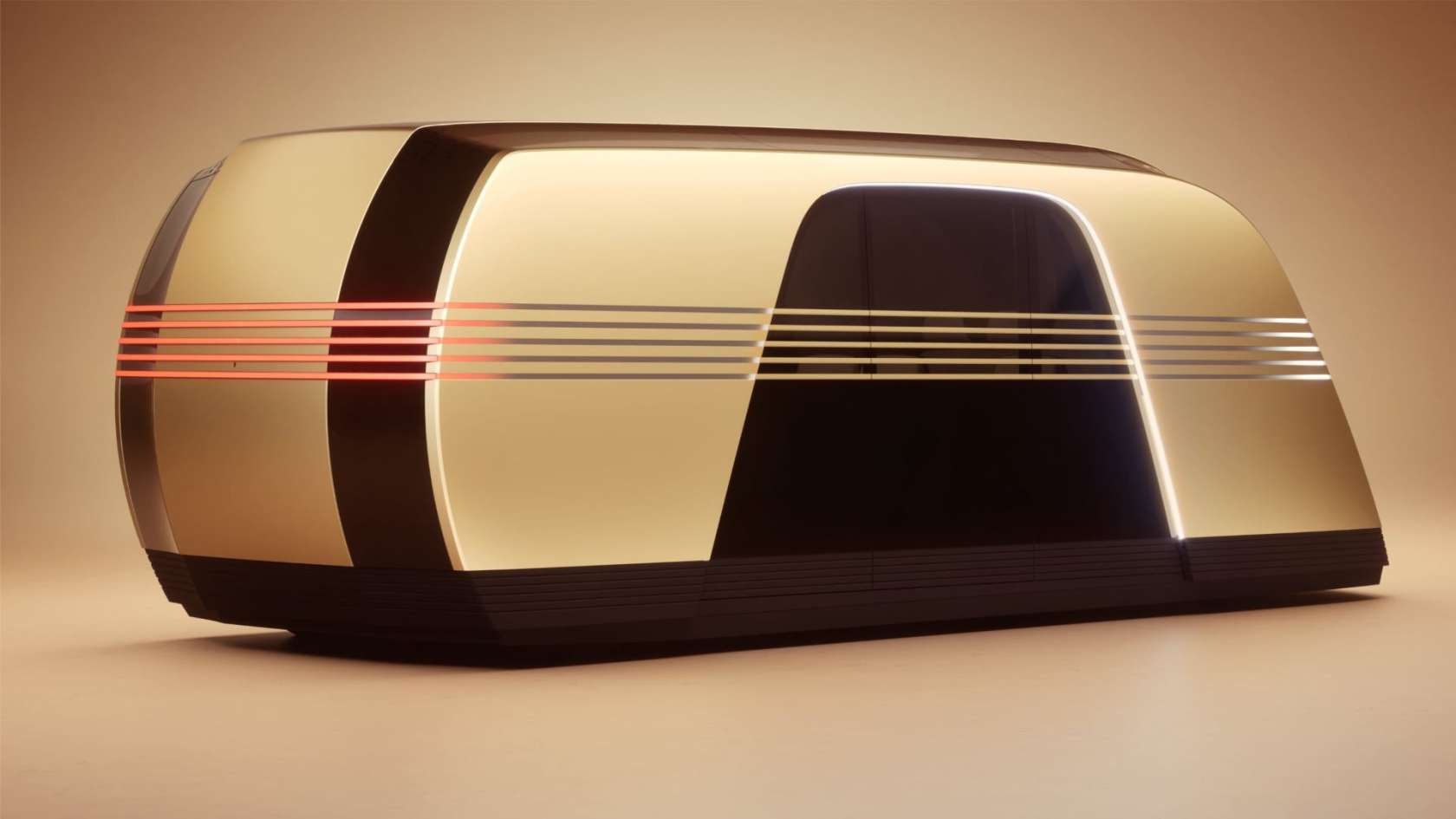
Musk also emphasized the potential economic advantages of the Robovan, describing it as an efficient means of transport with low operating costs. He mentioned, “We estimate that the cost per mile for the Robovan could be as low as 10 to 20 cents, significantly reducing the cost of urban transit.” This positions the Robovan as an accessible and practical alternative for mass transit, making it a viable option for individuals and businesses.
Robovan Design and Functionality
The Robovan’s exterior design echoes Tesla’s forward-thinking approach, featuring a streamlined body with sleek lines and a high-gloss finish similar to the Cybercab. The gold-toned exterior, which maintains a minimalist aesthetic, suggests both sophistication and functionality. The enclosed, capsule-like structure of the Robovan allows for a spacious interior that can be reconfigured based on specific needs—whether for transporting passengers or carrying cargo.
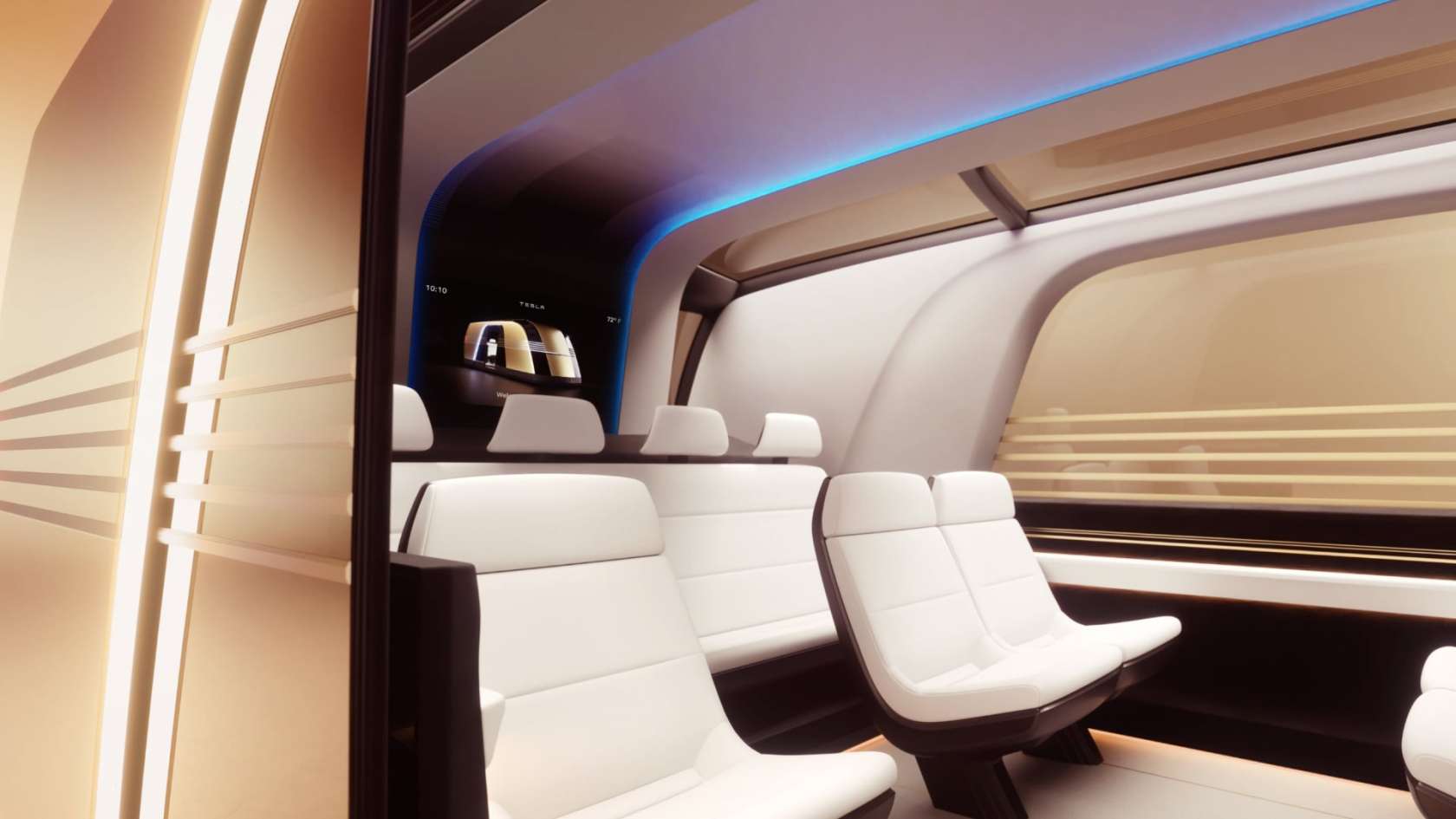
Inside the Robovan, the seats are arranged to maximize space efficiency and comfort. The cabin’s white seating and expansive windows create an open, inviting environment. Ambient lighting is also subtlely integrated, aiming to enhance the overall passenger experience, especially during night travel.
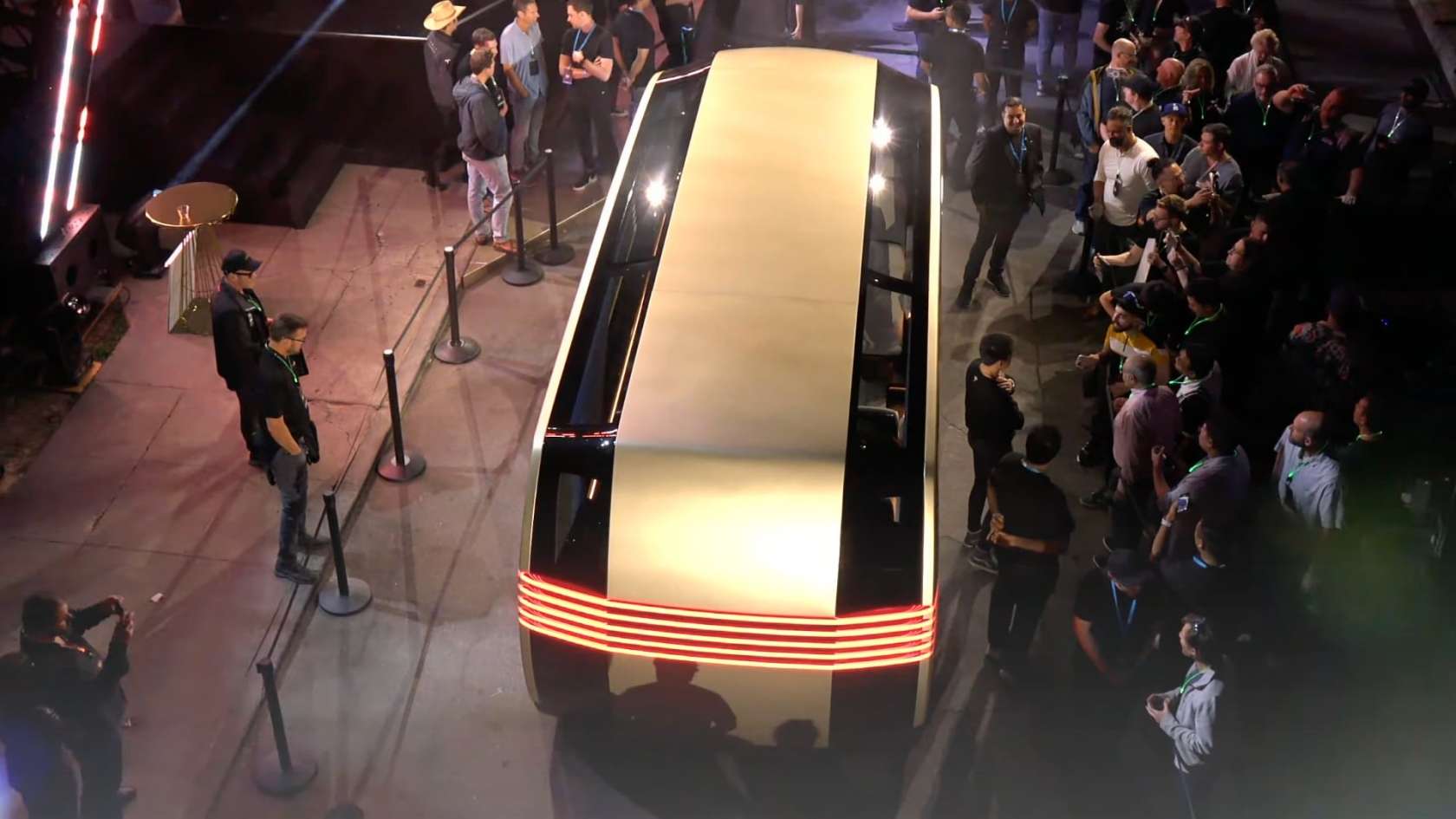
Elon Musk painted a vivid picture of the potential transformation the Robovan could bring to cities. “Imagine a future where parking lots could be converted into parks because we no longer need dedicated spaces for vehicles,” Musk said. This reflects the broader vision that the Robovan, like the Cybercab, will play a part in reshaping urban environments, making them greener and more focused on livability rather than car-centric infrastructure.
A New Vision for Urban Mobility
In this future, the Robovan will serve as a transport solution and a critical component of a broader strategy to reimagine city planning, focusing on efficiency, sustainability, and a higher quality of life for residents.
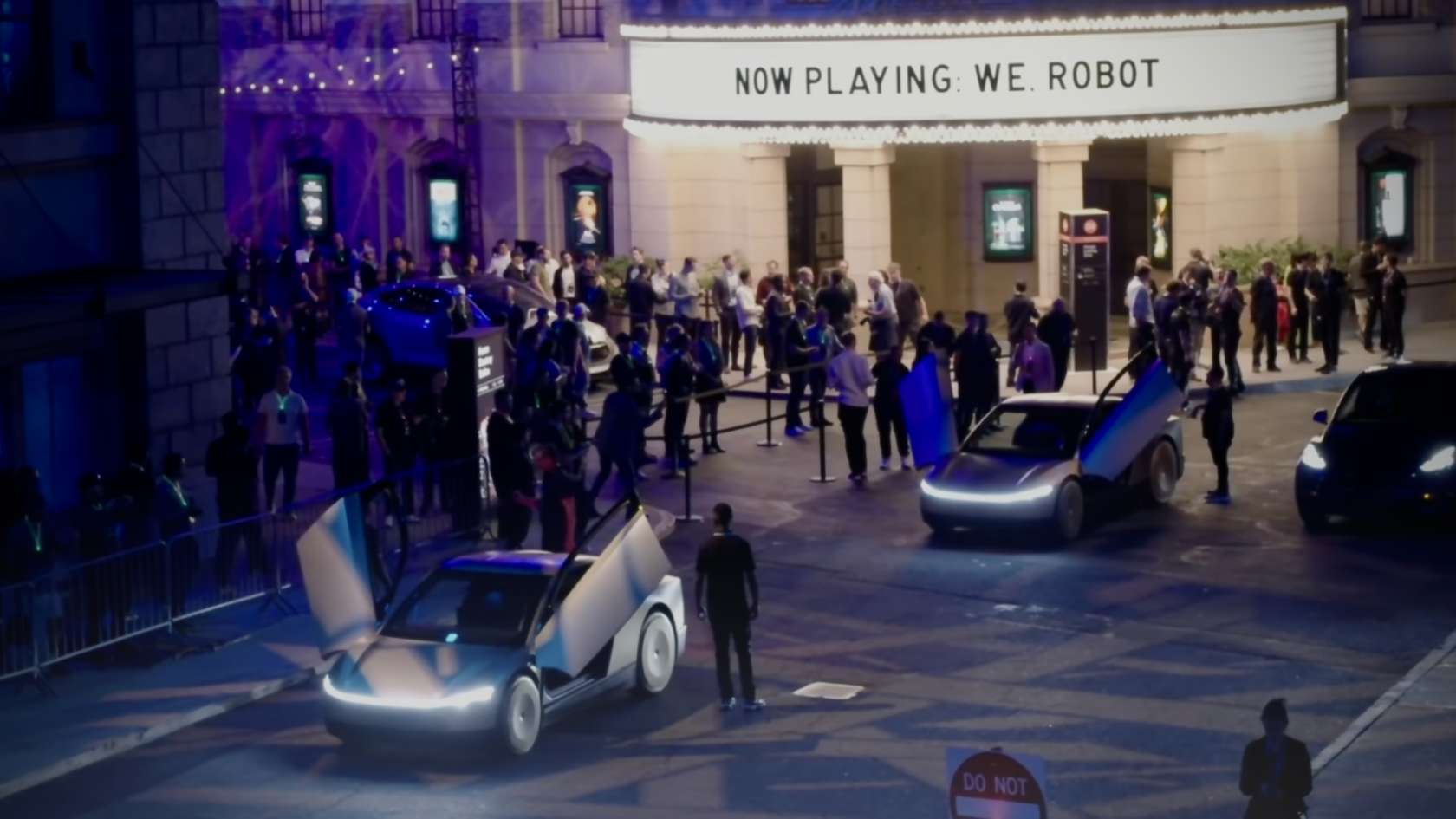
Whether you’re a half-full or half-empty person, something is compelling about this vision of the future—one where convenience, technology, and sustainability come together to change how we navigate our cities. Will this future materialize in the next decade or two? That remains to be seen, but we’ll be here at Daily Luxury to cover every twist and turn along the journey, and we invite you to join in the discussion as we explore this evolving landscape together.
Notable Takeaways
- Tesla’s Cybercab and Robovan aim to transform urban transportation with fully autonomous, efficient designs.
- The Cybercab features gullwing doors and a minimalist aesthetic, aiming to make urban travel a comfortable experience.
- The Robovan is designed for passenger and cargo transport, focusing on high-density urban areas.
- Elon Musk estimates the cost per mile for the Robovan could be as low as 10 to 20 cents, making it an affordable mass transit option.
- Tesla’s vision includes using inductive charging pads for seamless charging, though infrastructure readiness remains challenging.

